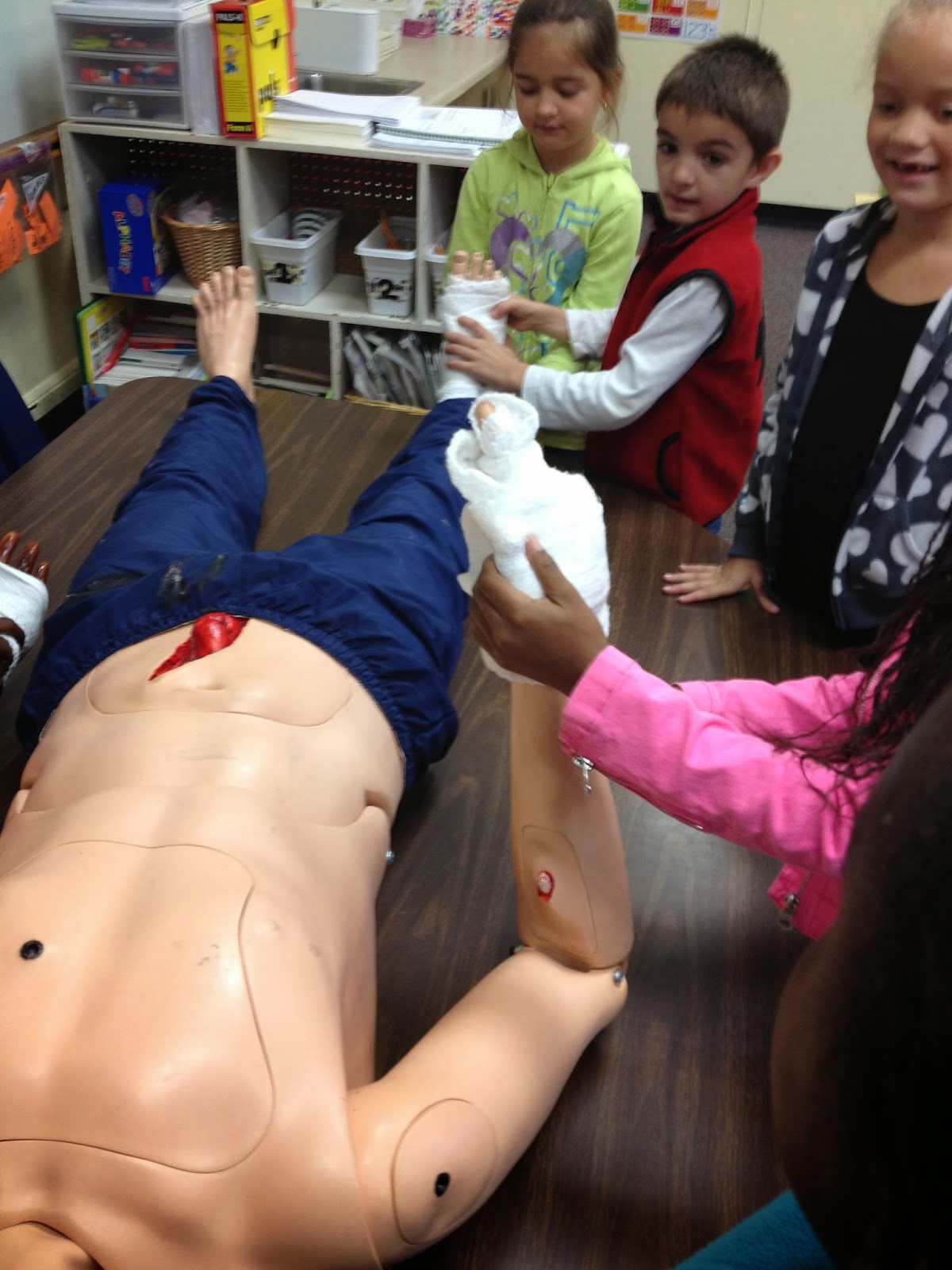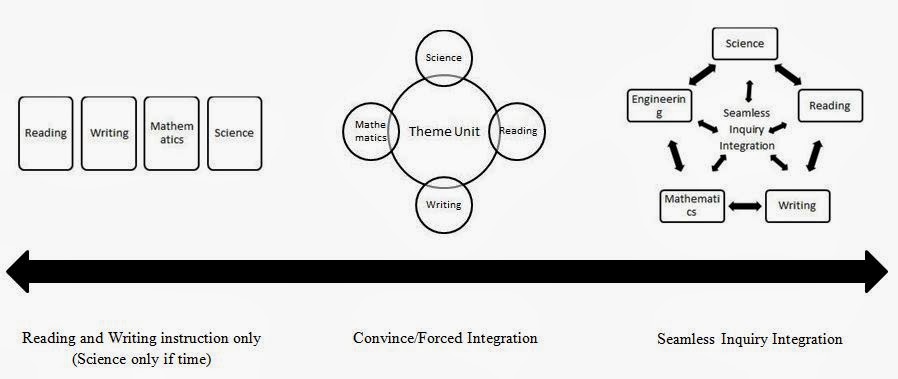One question I often get asked is how Benton gets the funding to implement the new programs and purchase additional materials for our STEM initiative. While we are a school-of-choice in our district, we do not receive any additional funding for our STEM program. For this reason, we rely very heavily on grants to supplement our resources and programs.
The question that usually follows is who writes all the grants for our school. The grants our school has received have been written by a combination of myself, support staff, and classroom teachers. Grant writing is a topic I have become quite familiar with over the last two years or so. I have spent many hours learning about the grant writing process, looking for funding sources, and refining my grant writing skills. It has definitely been a learn-as-you-go thing for me because each grant I write helps me improve my skills.
Many teachers think they are not capable of writing successful grants. However, as many of my colleagues have found this year, that is not the case. While it does take some time in the beginning, the process seems to be very similar once you have written a few grants.
In this post, I hope to provide an overview of the grant writing process, a list of databases where you can find grants, and some helpful hints for those new to grant writing. As you read my thoughts below, please keep in mind I would not consider myself an expert at grant writing. I simply hope to share the experiences and successes I have had so far to help others who are just beginning to write grants for their school and/or classroom.
Let me start out by recommending you check with your school principal or district administration on their grant procedures and submission guidelines. Many districts require you to submit your drafts to central office before submitting to the grant agency. In my district, all grants must go through central office and grants over $10,000 must be approved by the Board of Education.
Before beginning your grant search, it is important to have a few things in mind. You need to know an estimate of how much money you are wanting to get through the grant. It also helps to have a specific program or project in mind when searching. This will help you in your search as many grant agencies have areas of focus for grant requests.
Once you have a total grant amount and project idea in mind, it is time to start your search. For me, I usually start with grant databases like
STEMFinity,
Grantwrangler,
Grants.gov,
LegoEducation Grant Opportunities, etc. These are great starting points for finding a range of grant sources for a variety of funding amounts.
Are you looking for a smaller grant for your classroom? Have you tried
DonorsChoose.org? This is a great way for classroom teachers to get smaller grants for your classroom. Many Benton teachers have successfully written DonorsChoose.org grants for things like nonfiction texts, weather stations, science materials, etc. If you haven't tried it, this site is very simple and easy to use. First, create a classroom/teacher account. Then, create your project/program you want funded by writing a short description, going shopping for materials, and answering a few other short questions about your student/school population. DonorsChoose.org will review your application and ask you to make any changes before it goes public on the site. Once it is accepted, anyone who visits the site can make donations towards your project. Once funded, your materials will be sent to you at school. All you have to do is complete thank you cards and submit pictures of the materials in use. Each funded project earns you more points. More points means you can apply for larger, more costly items/projects.
Are you writing a grant for your school or district and need a large amount of money?
NSF (National Science Foundation) might be what you are looking for. This database provides a list of grant opportunities for large programs/projects. In my experience, we have submitted a few of these grants for over $500,000 in collaboration with the University of Missouri. Often, these programs/grants involve a research component to assess the success of the program/project.
Once you have found a funding source that matches your area of focus for your project or program, it is time to begin writing. Remember to always connect your project to the area of focus for the funding agency. Your goal is to make your program/project sound like something innovative that directly matches their agency goals or giving areas. Here are a few of the common sections found in many grant applications.
Basic Information - This section includes basic school and applicant contact information, school tax identification information, central office contacts, etc. You will also need to know breakdown of ethnicity and free and reduced priced lunch students. Some funding agencies also ask for a list of Board of Education members, positions, and emails.
School Mission - In this section, you will need to provide a brief overview of your school's mission and goals.
Program Overview - This section is where you describe the program/project you are trying to fund through the grant. Often, you will have to describe what it is, how you will evaluate the success of the program/project, a detailed budget, overall goals of the program/project, other funding sources you have or will be applying for, and a description of who will be impacted by the program/project.
Budget - You will need to give a detailed budget somewhere in the grant application where you list what you will use the funding to purchase.
I know this seems like an overwhelming process at first. However, it does get easier and it is possible for teachers to write successful grants for their classroom and/or school. As I said before, I do not consider myself an expert. However, since 2010 I have written a total of 13 grants. Of those grants, 7 were funded with amounts ranging from $1,500 to $12,000. I'm happy to provide any additional help to those who are interested in learning more about grant writing or looking to start writing grants for their classroom and/or school. I learned how to write grants from others and would be happy to pay it forward to anyone who is interested.


.jpg)



.jpg)














